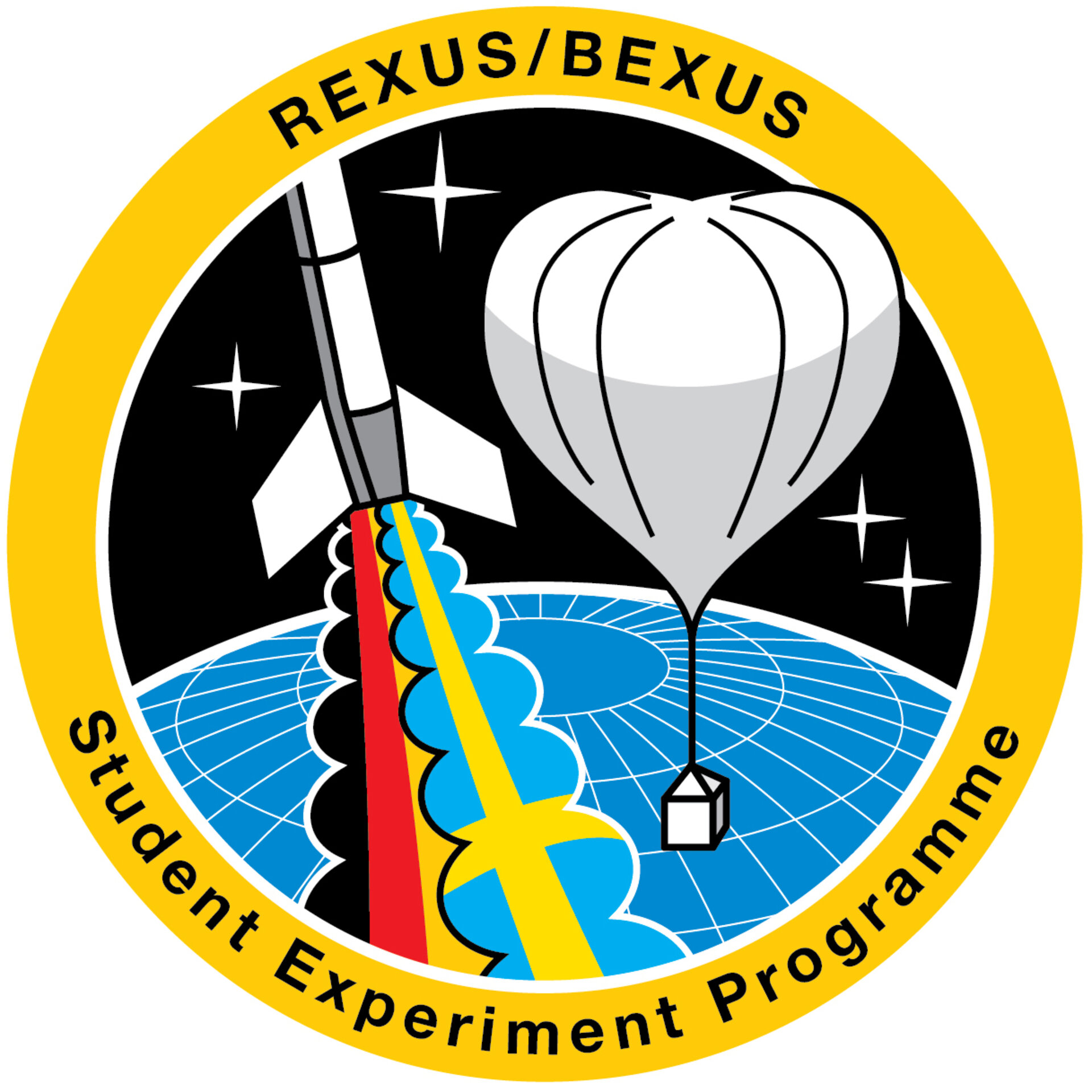REXUS/BEXUS celebrates 10th anniversary with new experiments
For the tenth time in a row, students from across Europe have had an early Christmas present. Eleven teams comprising eighty students have been selected to take part in the next Swedish-German REXUS/BEXUS Programme’s high altitude balloon and rocket experiments.
The selection workshop took place between 29 November and 1 December at the European Space research and Technology Centre (ESTEC), Noordwijk, The Netherlands. The first day was filled with lectures and advice for the students. Then they had to present their proposals over the next two days.
The presentations were made before a panel of up to 18 experts from premiere European science institutions such as ESA, SNSB, DLR-MORABA, SSC and ZARM. This year the teams attending the workshop represented 8 ESA member states, with team members from 12 member states, 1 cooperating state and 3 other countries.

The adventure begins now with the students designing their experiments. They will develop their ideas with the help of experts and after passing through a design review, they will then build their apparatus. The adventure will culminate with those teams watching their experiments being launched to the very edge of space as part of the Rocket and Balloon Experiments for University Students (REXUS/BEXUS) programme After analyzing their results they will also be offered to the opportunity to present their results to the wider scientific community at a European conference.
The REXUS / BEXUS programme is realised under a bilateral Agency Agreement between the German Aerospace Center (DLR) and the Swedish National Space Board (SNSB). The Swedish share of the payload has been made available to students from other European countries through a collaboration with the European Space Agency (ESA).
The REXUS/BEXUS programme allows students from universities and higher education colleges across Europe to carry out scientific and technological experiments on research rockets and balloons. Each year, two rockets and two balloons are launched, carrying up to 20 experiments designed and built by student teams.
Approximately half of these experiments come from German students through DLR. The other half is open to students from across Europe through a collaboration between SNSB and ESA’s Education office.
For REXUS, this year’s selected experiments are:
- ARES II (Axial Retention Experiment for PMD sponges) from Switzerland (University of Applied Sciences and Arts Western Switzerland)
- PIOneERS (Measuring Plasma Impedance Of ne using an Ejectable Recoverable System) from the UK (University of Birmingham)
- WOLF (Wobbling control system for spinning Free falling unit) from Sweden (KTH)
- SPAN (SPAce Navigation using Signals of Opportunity) from Portugal (University of Porto)
- MORE (Measuring Optoelectronics in a Rocket Experiment) from France (ISAE-Supaero)
For BEXUS, this year’s selected experiments are:
- EXIST (Examination of Infrasound in the Stratosphere and Troposphere) from Sweden (Luleå University of Technology)
- IRIS (Infra-Red albedo measurements In Stratosphere) from Sweden (Luleå University of Technology)
- NEMESYS (Neutron Effects on Memory SYStems) from Italy (University of Rome Tor Vergata)
- CADMUS (Cloud chamber for high Altitude Detection of Muons Under Special relativity effects) from Spain (Polytechnic University of Catalonia)
- SUNBYTE (Sheffield University Nova Balloon Lifted Telescope) from UK (University of Sheffield)
- DREX (Deployable Reflector Experiment) from Italy (University of Padova)

These teams must now begin preparing for the preliminary design review and student training week which will take place in DLR’s Oberpfaffenhofen site near Munich between 20 to 24 February 2017. This will be followed by a continuing series of reviews and other events leading up to launches in October 2017 for BEXUS and March 2018 for REXUS.
REXUS experiments are launched on an unguided, 5.6-metre-tall rocket that can lift up to 40kg of payload to an altitude of approximately 90km. BEXUS experiments are lifted by a balloon with a volume of 12 000 m³ to a maximum altitude of 30 km, depending on total mass of the experiments. It can carry between 40 to 100 kg.
Attracting graduates into space industry is essentially for the health of the discipline and to maintain Europe in a world leading space positions. According to feedback, the REXUS/BEXUS experience has an overwhelmingly positive effect on students.
A recent survey of former participants shows that 98% are moderately to very satisfied with their participation in the programme; 75% contributed to conference papers or planning to soon; 92% of participating students say that the experience has increased their interest in a space-related careers and 66% have already found employment in space.


